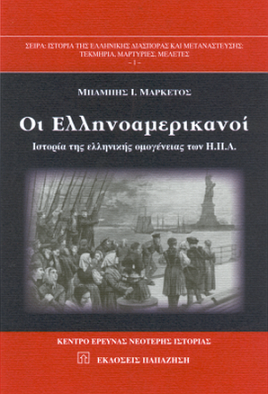Who are NATO’s ships in the Aegean really keeping an eye on?

NATO secretary general Jens Stoltenberg has announced the deployment of the alliance’s standing naval force in the Aegean Sea to help tackle the refugee and migrant crisis. Apparently triggered by a joint Greek/Turkish/German request, the deployment is ostensibly meant to assist international efforts to stem illegal migration.
Currently under German command, the naval group will conduct reconnaissance, monitoring and surveillance of illegal crossings in the Aegean Sea. Stoltenberg made clear that this is not about stopping or pushing back refugee boats, but an effort to contribute critical information and surveillance to help counter human trafficking and criminal networks.
It’s a very bold step indeed. This will be NATO’s second constabulary naval operation, following the counter-piracy operation “Ocean Shield” off Somalia. But whereas that operation has a mandate to take “all necessary means to repress acts of piracy and armed robbery within the territorial waters of Somalia”, a failed state whose law enforcement capacity and sovereignty are questionable even on land, this mission will operate within the territorial waters of two sovereign NATO member states whose ability to police their territorial waters is not seriously doubted.
One could further argue that deploying multi-million euro ships (among them frigates with sophisticated combat control systems, guided missiles and anti-submarine equipment) to disrupt human smuggling networks is hardly cost-effective. The EU’s border management agency, FRONTEX, is already active in the Aegean and has been for many years, although major European NATO powers such as Germany and France do not contribute naval assets.
To be sure, dealing with the crisis in the Aegean is made all the more difficult given Greece and Turkey’s refusal to work with each other, a mutual animosity which stems from longstanding maritime territorial disputes and prejudice.
So once again, EU member states’ inability to handle a highly securitised and complex situation means they’re outsourcing sovereignty and relying on NATO, with other EU members getting involved in that capacity rather than under a European aegis.
But even if that were likely to work (and it isn’t), there are still some rather strange unanswered questions.
Unclear motives
The operation’s goals are oddly vague. It seemingly has nothing to do with stopping or pushing back refugees, but is instead meant to collect intelligence at sea, monitoring and surveying the movements of ships carrying migrants and refugees. Does that mean NATO’s ships will not conduct search and rescue operations when people are in distress, as they are bound by law? And if they do, will each vessel disembark the rescued people in the country whose flag she flies, or return them to Turkey – which, practically speaking, amounts to a push back?
At the same press conference, NATO formally announced its involvement in the intensification of intelligence gathering, surveillance and reconnaissance at the Turkish-Syrian border. One doesn’t need to be an expert to wonder why this couldn’t be done from the Turkish coast.
Wouldn’t it be more efficient and cost-effective to disrupt them before people began this fatal journey, rather than just “gathering intelligence” and monitoring the networks on land while patrolling at sea? After all, readily available satellite imagery, reporters’ and researchers’ investigations, refugees’ testimonies, and even observation by naked eye from some of the Greek islands’ coasts can identify where the smugglers have established their operations.
It’s hard to see what difference NATO’s contribution at sea is expected to make – unless another possible motive for it is considered.

The Russian Navy large landing ship Yamal sets sail in the Bosphorus, on its way to the Aegean Sea, in Istanbul September 13, 2014. REUTERS/Murad Sezer (TURKEY – Tags: POLITICS MILITARY MARITIME) –
With tensions between Russia and the West now being diagnosed as near-Cold War in their frigidity, it’s not implausible to see this move as the means for “reconnaissance, monitoring and surveillance” of Russian naval assets.
The Aegean is Russia’s only corridor to the Mediterranean from the Black Sea, to which it’s connected by the Bosporus and Dardanelles straits. In practice, that means Russian vessels have to transit through NATO’s “anti-illegal immigration area of operations” before they can reach the Syrian coast. The West is deeply nervous about Moscow’s military machinations, so an effective “early warning” mechanism to track the Russian vessels potentially heading towards the Mediterranean could be of great value.
It would also help explain why NATO, a “hard power” defensive alliance, has suddenly become involved in a human crisis where neither its naval forces nor its know-how will make much difference.
Research Fellow in Maritime Security, Coventry University
S:theconversation.com










Σχόλια Facebook